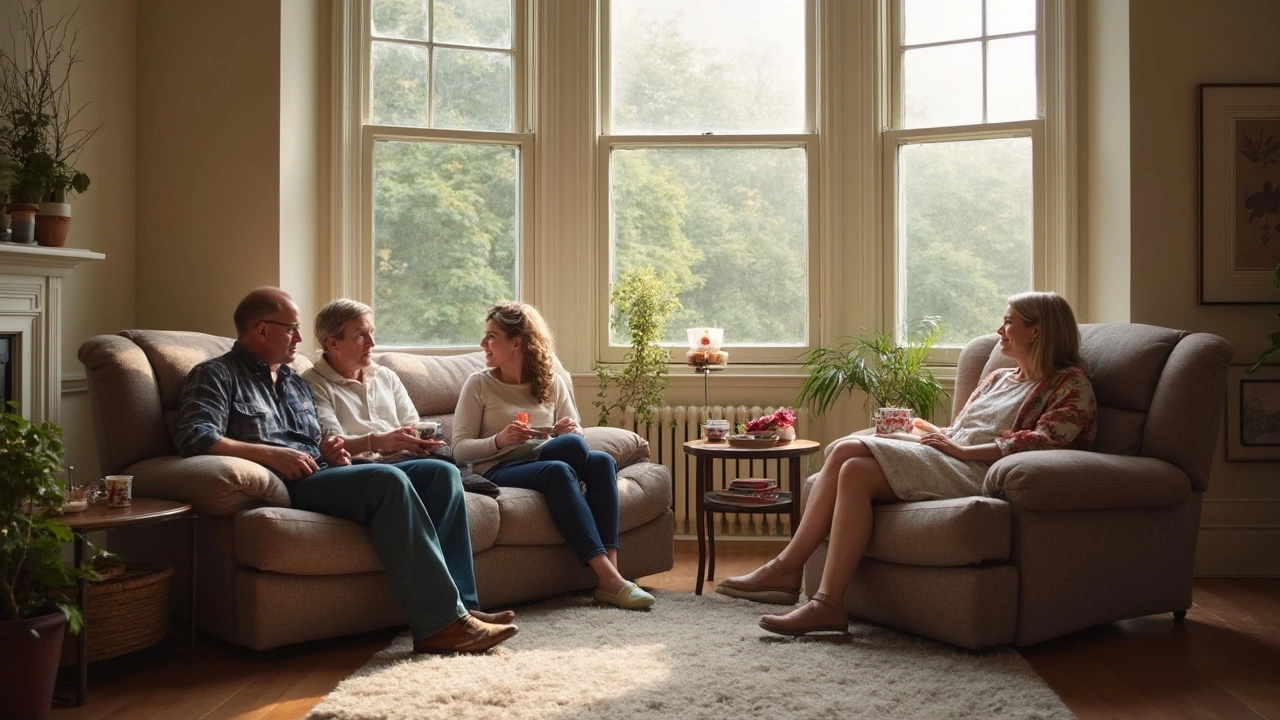Sofa Comparison: How to Choose the Right One for Your Space
Finding a sofa that fits your lifestyle can feel like hunting for a needle in a haystack. You want something comfy, sturdy, and that matches your décor, but the market is packed with options. The good news? You don’t need a PhD in furniture to make a smart choice. In this guide we’ll walk through the key factors – frame material, upholstery, size, and price – and give you quick tricks to compare models without the overwhelm.
1. Frame and Build Quality
The frame is the sofa’s skeleton, so it decides how long the piece will last. Hard‑wood frames (like oak or maple) outperform soft‑wood or particleboard. Look for mortise‑and‑tenon joints or dowel reinforcement; glued‑only joints tend to wobble after a few years. If you have kids or pets, a sturdy hardwood frame paired with high‑density foam cushions will survive the daily hustle.
2. Upholstery Matters
Fabric choice is more than a style decision. Leather is easy to wipe clean and ages beautifully, but it can be pricey and may feel cold in winter. Performance fabrics such as microfiber or polyester blends resist stains and hide pet hair. For households with kids, a tight‑weave weave or a removable, washable cover gives you peace of mind. Check the fabric’s thread count – 300+ is a solid benchmark for durability.
When you compare two sofas, set up a side‑by‑side test. Sit, lie down, and feel the cushion. A high‑density foam core will bounce back quickly, while feather‑filled cushions may feel plush at first but flatten over time. Remember, comfort is personal, but a sofa that rebounds within a second after you stand up usually signals good support.
3. Size and Scale
Measure your room before you click ‘add to cart.’ A common mistake is buying a sofa that dominates the space or blocks traffic flow. The rule of thumb: leave at least 30‑inches of walking space around the piece. For a corner sofa, sketch the L‑shape on graph paper and make sure it doesn’t crowd windows or entryways. If you’re pairing the sofa with a coffee table, aim for a table width that’s 2/3 the sofa’s seat length – this creates a balanced look without feeling cramped.
Don’t forget the TV distance. For a 55‑inch screen, a sofa positioned 7‑8 feet away offers the best viewing experience. This distance also helps you gauge the optimal sofa depth – around 20‑22 inches works for most living rooms.
4. Price vs. Value
Cheap sofas often cut corners on frame and upholstery, leading to a short lifespan. Investing a bit more in a solid frame and quality fabric pays off in years of use. Look for warranties that cover the frame for at least 5 years and the upholstery for 2‑3 years. A well‑crafted sofa can become a family heirloom, especially when you choose timeless styles over fleeting trends.
Before you decide, browse a few of our recent articles: “Most Durable Sofas in 2025,” “How Long Do Sofa Beds Last?” and “Perfect Sofa‑to‑TV Distance.” They dive deeper into specific materials, maintenance tips, and sizing tricks. Use the insights from those posts to fine‑tune your comparison checklist.
In the end, the best sofa is the one that feels right when you sit, fits your room, and stands up to daily life. Follow this simple comparison plan, and you’ll walk away with a sofa that looks great, lasts long, and makes your living room feel like home.
FlexSteel vs Lazy Boy: The Ultimate Furniture Showdown for Your Living Room
FlexSteel or Lazy Boy? Find out which brand offers the best value, comfort, durability, and warranty for your next sofa or recliner. Get all the facts and tips.
More
